This quick and tasty kids’ science activity gives little scientists a hands-on way to explore plate tectonics – the movement of the Earth’s crust that leads to the formation of volcanoes, mountains, and oceanic trenches.
Kids can’t get enough science!? Great! Check out our 30 Science Experiments in our shop and keep the learning going!
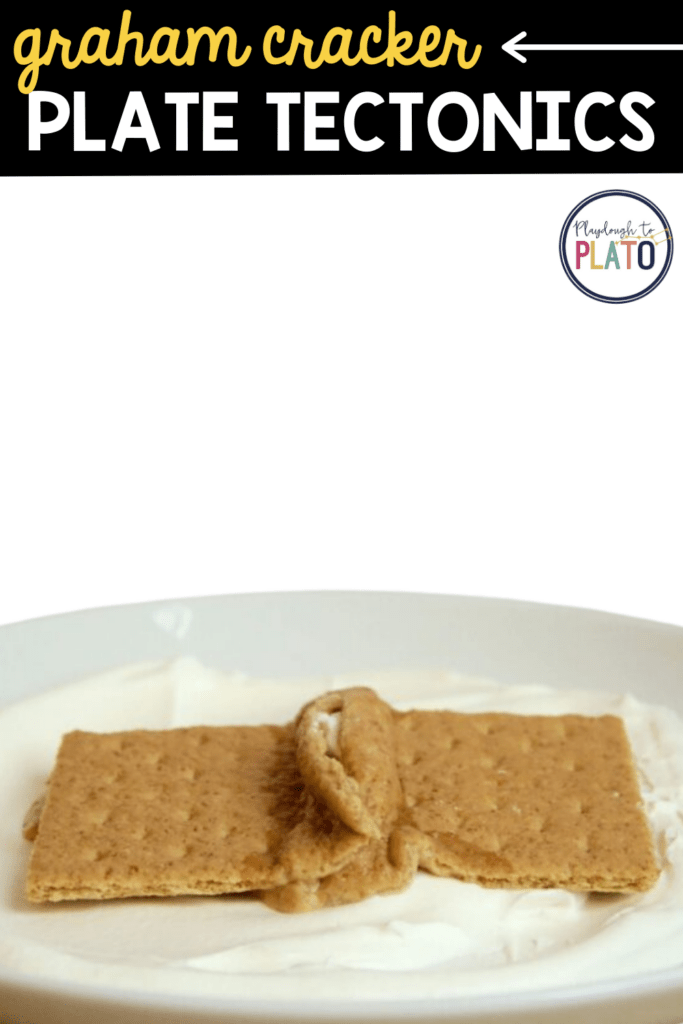
Getting Ready
Our summer travels led us to several volcanoes, so naturally my kiddos were curious about how they were formed.
For this activity, I grabbed a box of graham crackers, some Cool Whip and a plate. We were ready to make mountains with our tectonic plates!
(If you don’t have Cool Whip on hand, you could use any soft food like frosting or peanut butter to mimic the Earth’s flowing mantle.)
Explaining Plate Tectonics
My kiddos and I looked through several geology books explaining the layers of the Earth. To simplify, I explained that the Earth was a made up of many layers.
The outermost layer is hard and surrounds the Earth like a shell. This is called the crust. Earth’s crust is cracked into big pieces called tectonic plates. These plates fit together like a puzzle surrounding the Earth.
Under these plates is a layer called the mantle. The mantle can flow like a liquid if it’s hot enough and has enough pressure.
This causes the big plates of crust to move and its the moving of these plates that causes mountains and volcanoes to form.
Making Tectonic Plates
Once my kids had an idea of how tectonic plates move, it was time to get our hands messy.
I handed each of my kids a dish with solid but moveable Cool Whip mantle. I added a few drops of red and orange food coloring to make it match the fiery orange mantle in our books.
On top of the mantle, we placed two graham crackers to represent the cooler, rigid crust.
Where the two graham cracker plates meet is called a plate boundary and they are named by the way the plates move against each other. I also made a dish for myself so I could model what each boundary should look like for my kids.
A Transform Boundary
The first boundary we recreated was a transform boundary. This type of boundary occurs when two plates grind past each other.
I had the kids gently push their crackers together then slowly slide one up and the other down. I asked them to pay close attention to how it felt to slide their tectonic plates against each other.
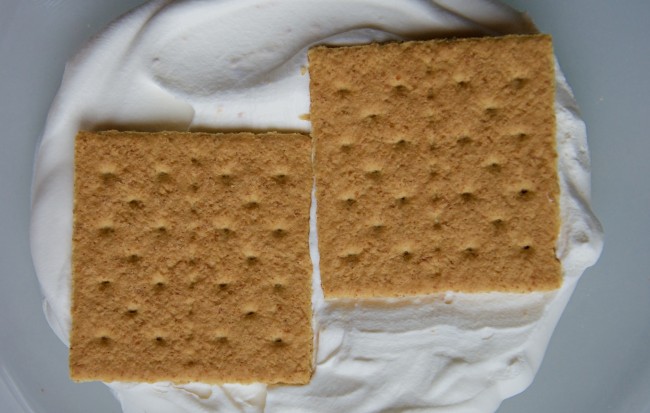
“It’s scratchy!” exclaimed my 3 year-old. She was loving this plate tectonics activity!
I had them repeat the sliding in the opposite direction and listen. You could hear the plates grind past each other.
At transform boundaries, plates move in opposite directions slowly grinding past each other, occasionally getting snagged on each other. As pressure builds, the plates finally slip, releasing a jolt of energy that we feel as an earthquake. California’s San Andrea’s fault is a perfect example of a transform boundary.
Divergent Boundaries
Divergent boundaries occur when two plates move away from each other.
To mimic this, I had my kids gently press down on each graham cracker plate while pulling them apart.
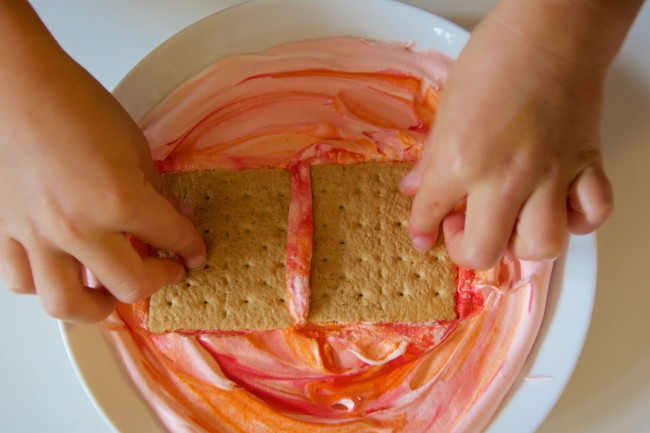
“What happened?” I asked.
“Some of the mantle oozed up,” replied my 5 year-old.
Most active divergent boundaries occur where two oceanic plates move away from each other. Hot magma flows up where the plates separate, forming large underwater lava flows and creating new seafloor and even volcanic islands.
Convergent Boundaries
Convergent boundaries are the final type of boundary and they occur when two plates move toward each other. When two plates move toward each other, they can either collide forming mountains or one plate can slide under the other at the subduction zone.
To model when two continental plates collide to form mountains, I quickly dipped one end of each graham cracker in water.
I placed them with soggy sides facing each other and then had my kids gently push the two plates together.
The soft graham crackers slowly folded up on each and mountains were formed.
This is how the Himalayas were formed.
Subduction Zone
Finally, we used our last graham crackers to make a subduction zone – what happens when a more dense oceanic plate is thrust under a less dense continental plate.
My 5 year-old instantly recognized this boundary as it’s what led to the formation of all the volcanic mountains that surround us: the Cascade Range.
To mimic what occurred in the Pacific Northwest of the United States, I had the kids gently press one graham cracker down under the other.
“Where are the volcanoes?” asked A.
To recreate her beloved Cascade Range, I poked several holes in the less dense continental ridge parallel to the subduction zone. As my daughter slid the oceanic plate under the continental plate, the oceanic plate melted and hot magma oozed up through the fissures, creating a range of volcanic mountains.
Finally, after all that earth shaking mountain making, the kiddos were ready to dig in. Oh, science sure is sweet! It was a great (and yummy!) lesson in plate tectonics.
For Older Children
Since my kids are a little young, I simplified the layers of the Earth involved in plate tectonics to crust and mantle. Technically, it is the Earth’s lithosphere that is broken up into tectonic plates. The lithosphere is made up of the outer most layer of the Earth, called the crust and the solid, top most layer of the mantle. The lithosphere’s plates float on layer of the mantle called the asthenosphere.
The asthenosphere is hotter than the lithosphere and while generally it is a solid, it can be fluid-like if at a hot enough and under enough pressure.
Find More
Dive deeper into science with our 30 Science Experiments in our shop!


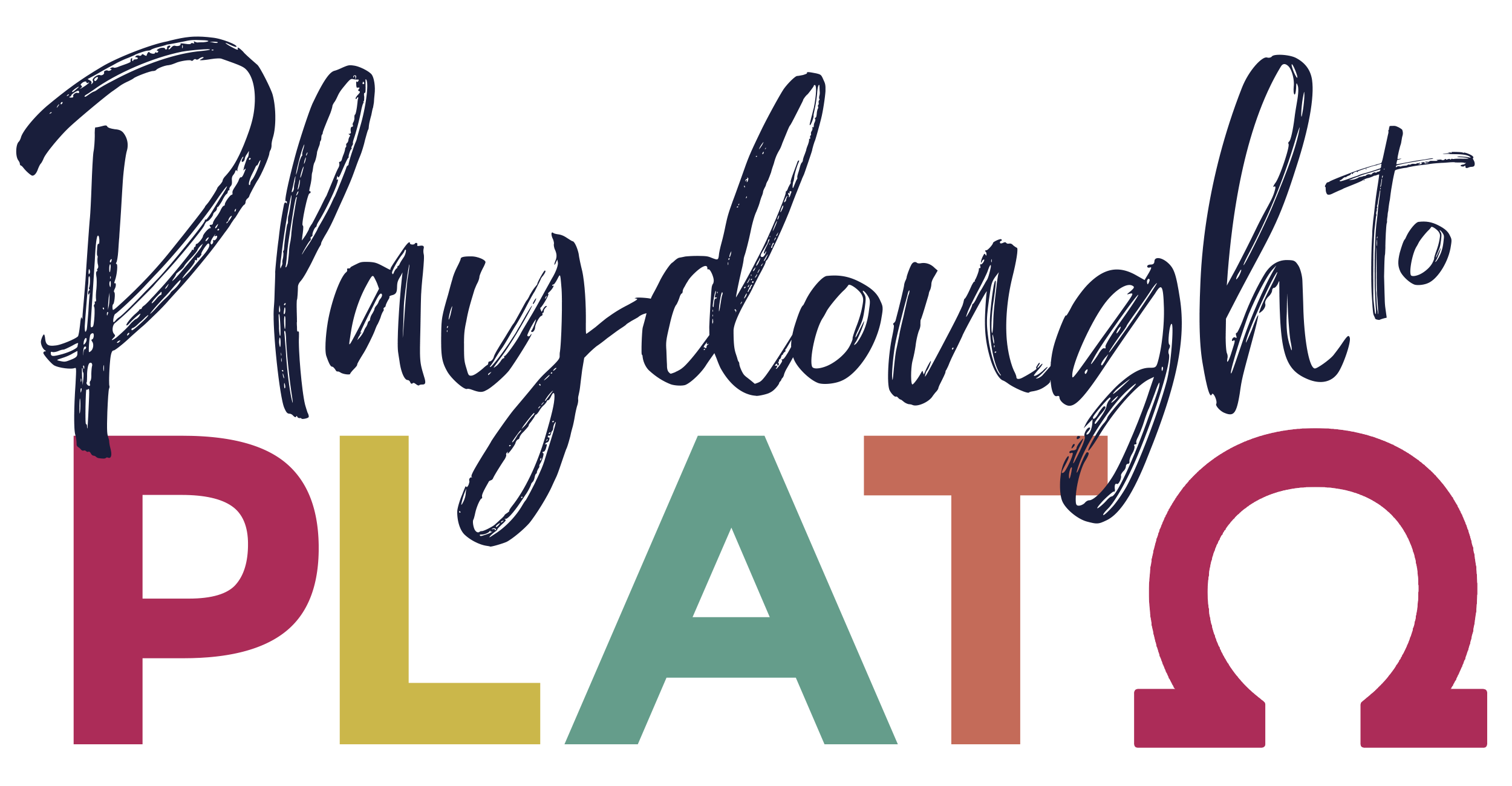
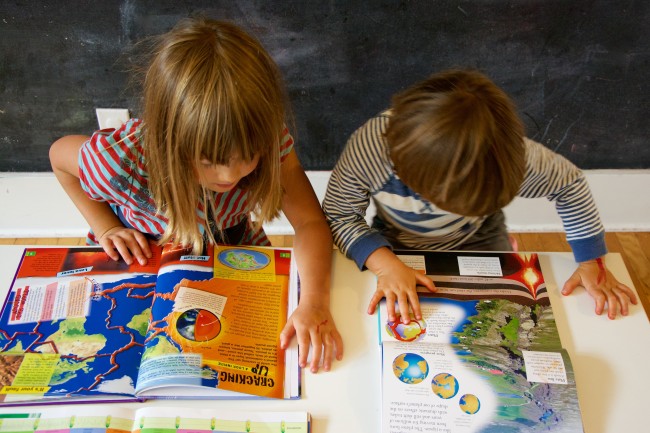
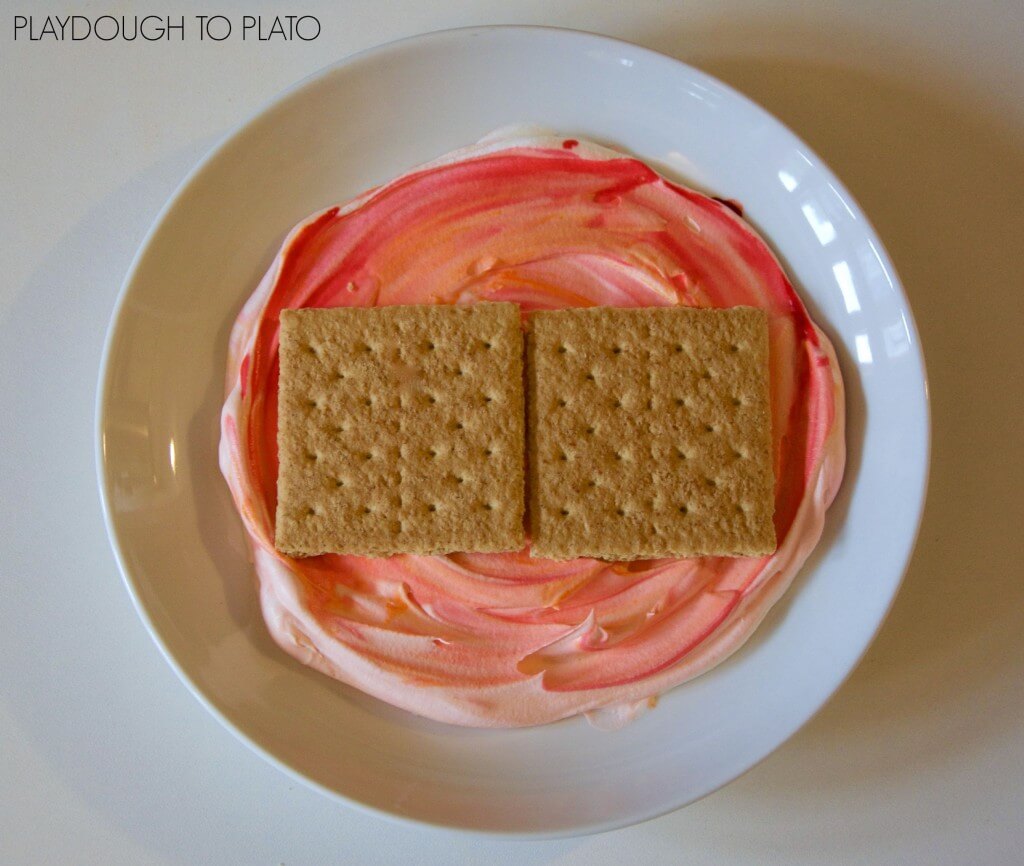
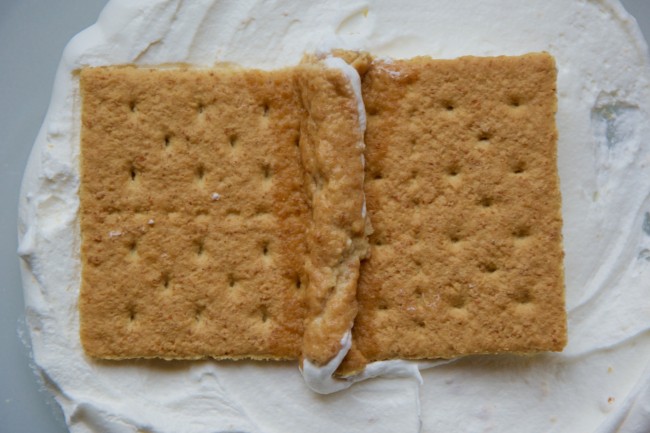
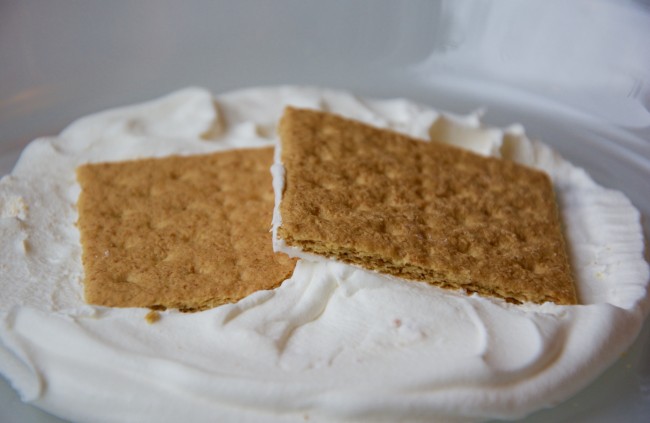
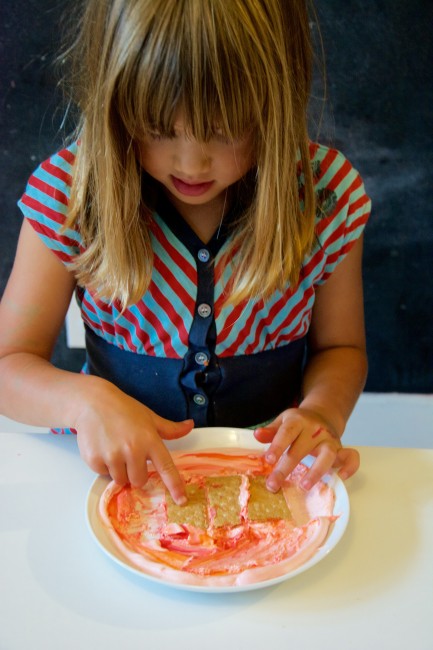
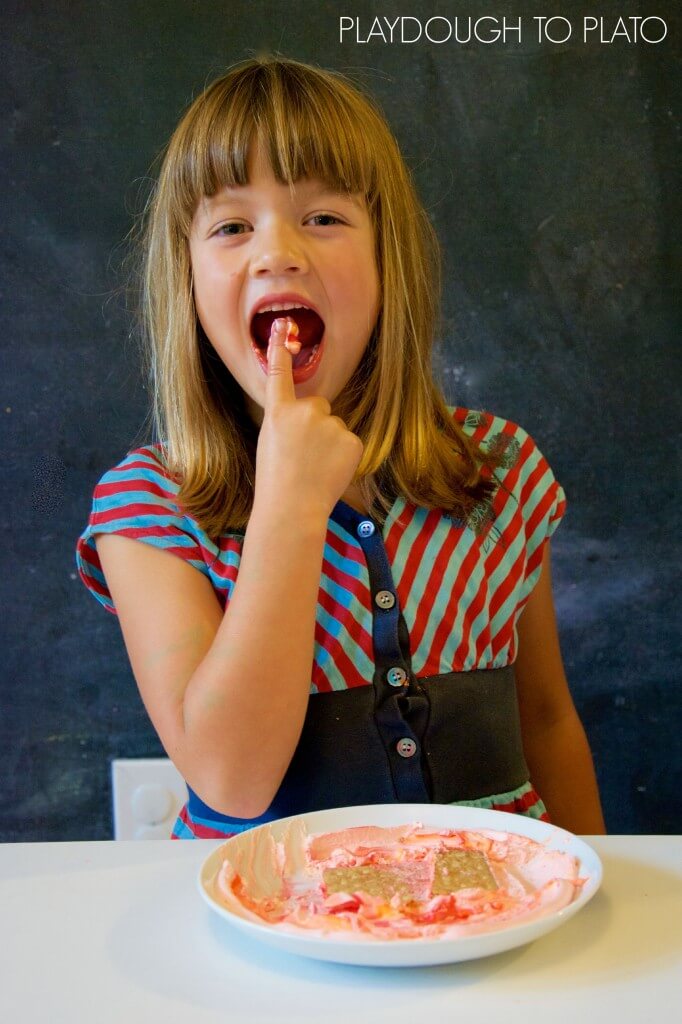
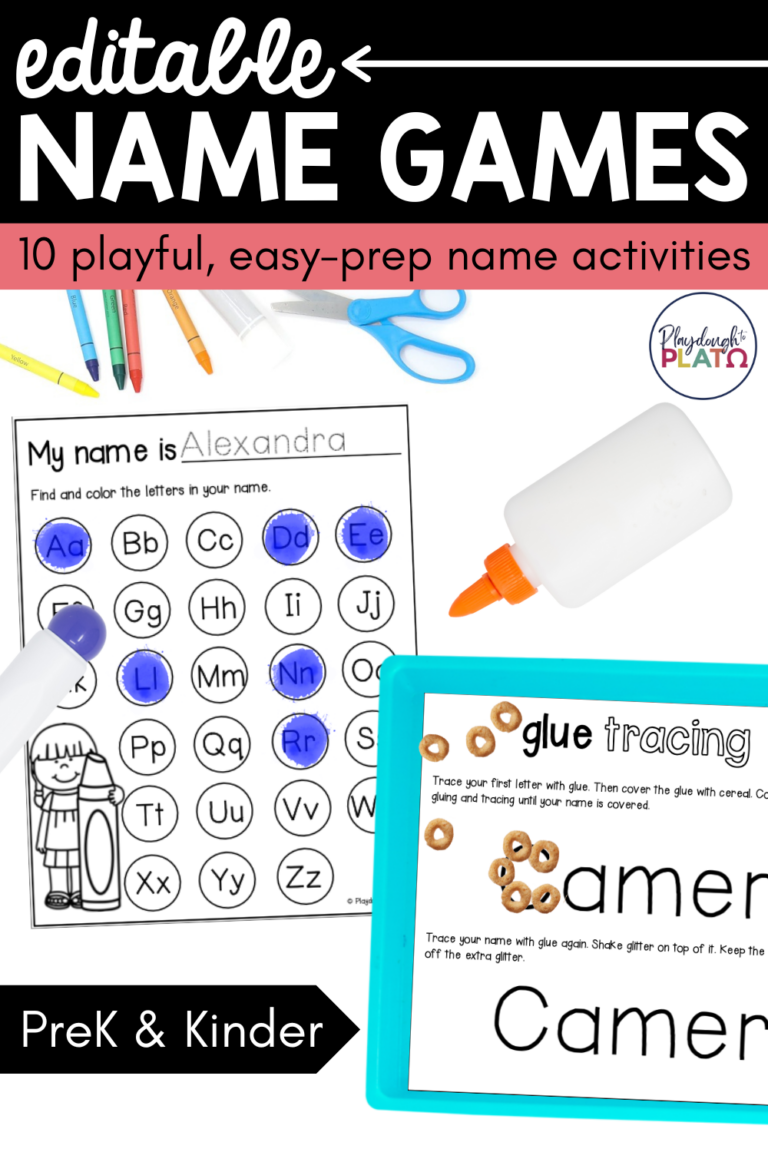
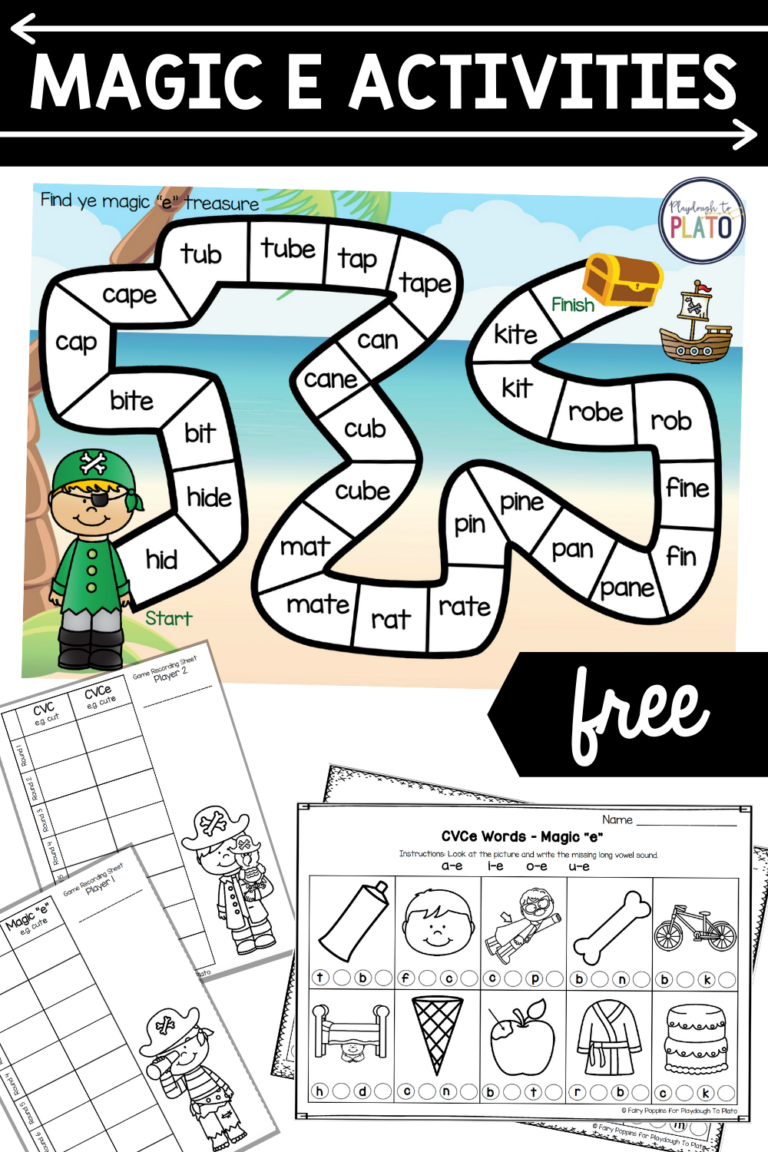
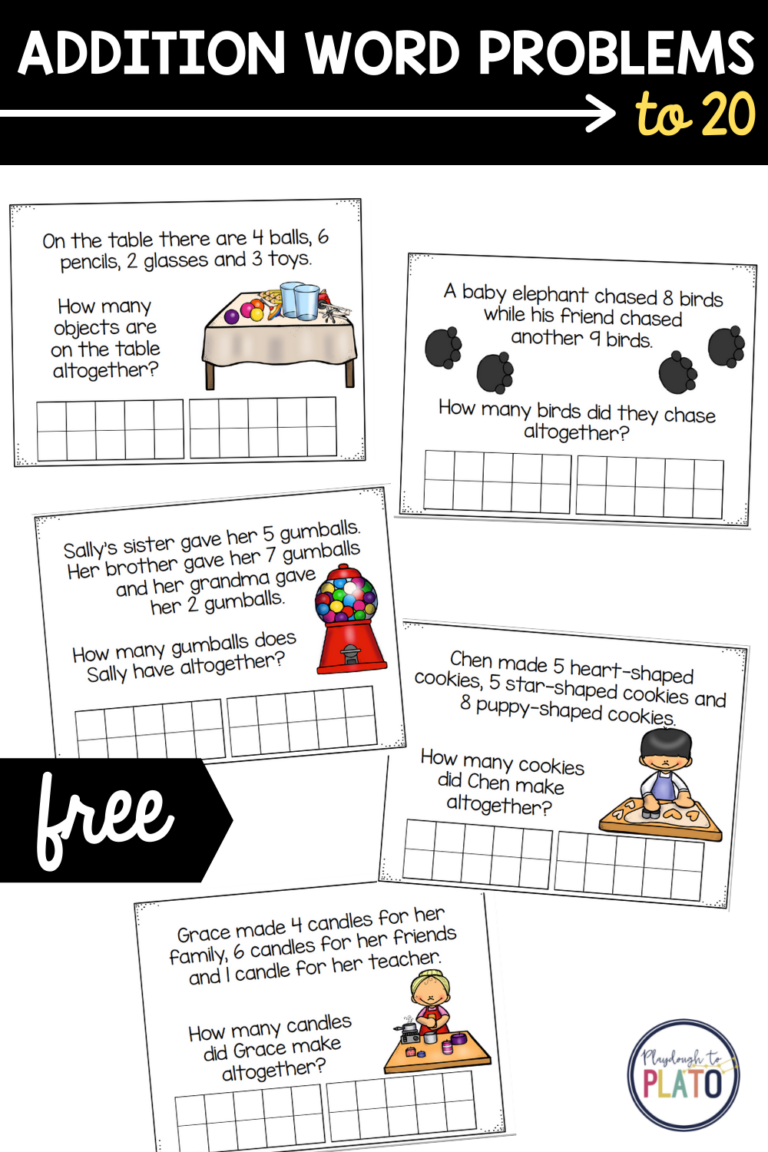
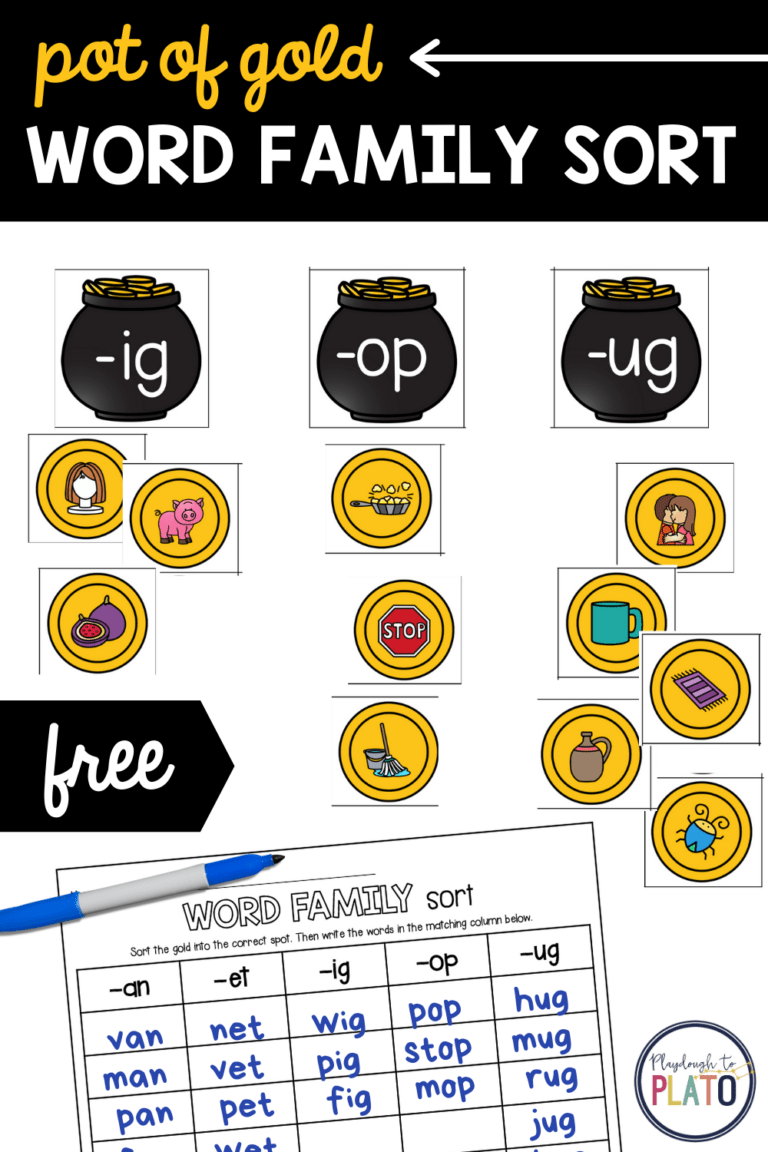
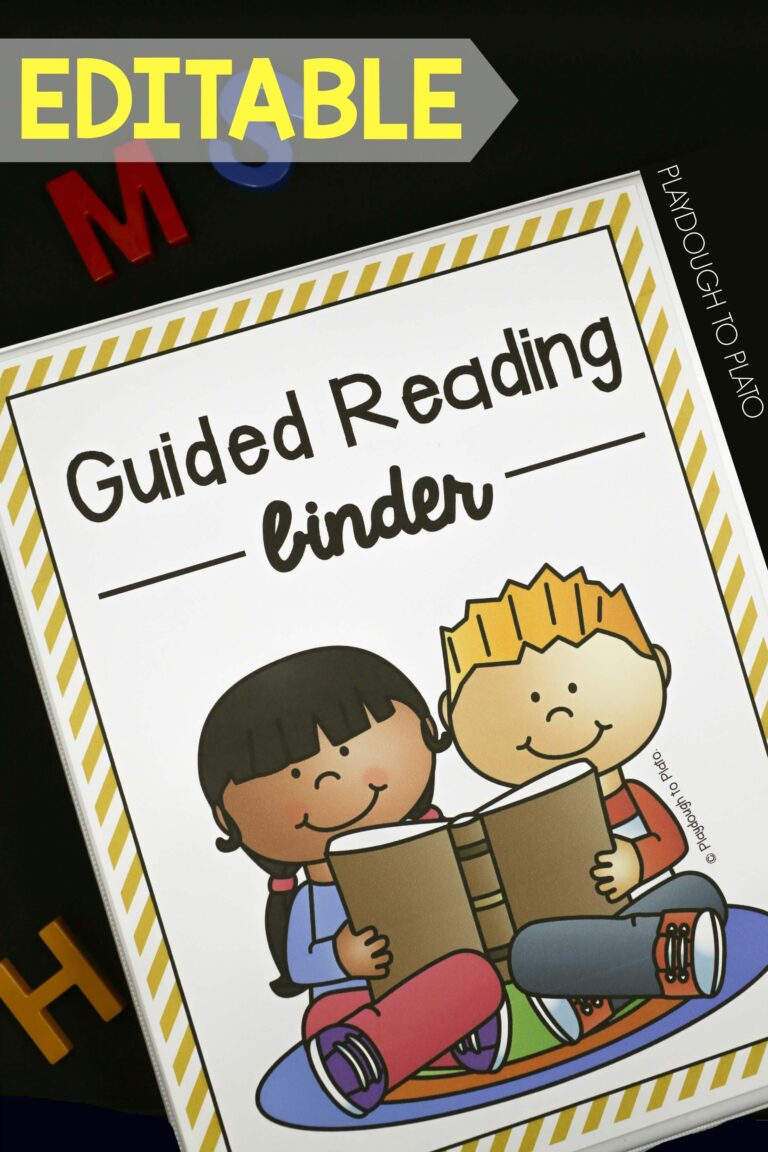
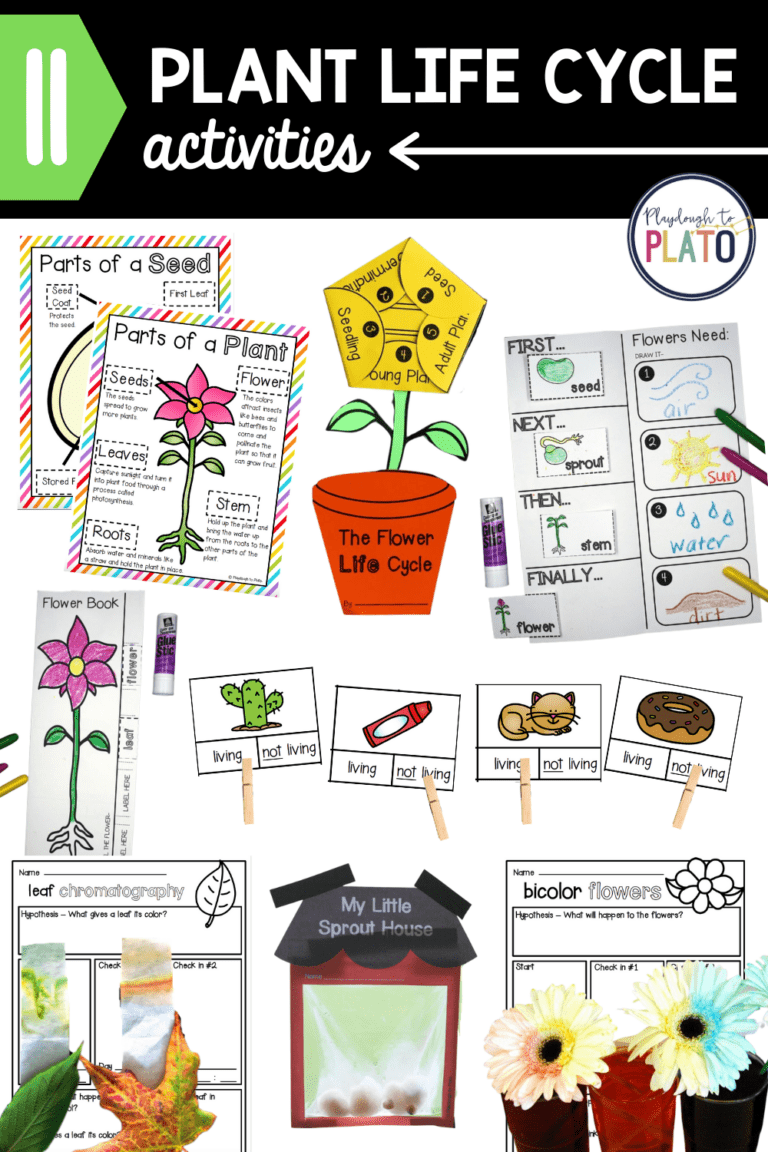
For your plate tectonic activity with graham crackers and cool whip is that one cup of cool whip per student?
Just did this experiment with graham crackers and yogurt with my middle schooler. You’re never too old to enjoy playing with food while learning science! Thanks for a great idea!
Hooray! I am so happy to hear that your middle schooler still enjoyed the fun! ♥️
We used shaving cream!
Shaving cream is a great alternative to the Cool Whip! As long as you have kids who won’t eat it of course! 😂
Sarah // Playdough to Plato Team